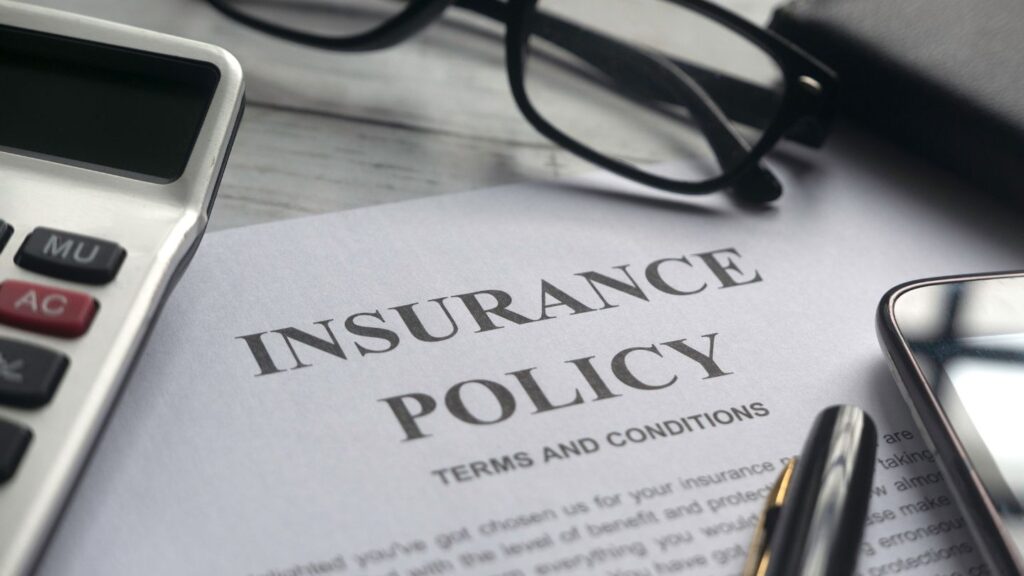Buying a car is a major financial decision and typically one of the biggest purchases for most folks. Whether you’re in the market for your first car or ready to move on to the latest model, there are so many factors to take into consideration that it can start to make your head spin fast. The great thing is that cars have been purchased for decades so there are tried and true steps to help make an informed decision. From figuring out what your actual budget is to all the way to driving off the lot, we’ve put together a quick guide to take you through all of it.
Research a vehicle by VIN number here.
Determining your budget

Since buying a car is such a huge financial commitment, you should take the time to figure out how much you can reasonably spend. Outside of keeping you from having ramen noodles for every meal (although I do love ramen cup noodles), it will also help you narrow down your options and get you closer to driving off in the right car for you.
While the purchase price is likely the most important factor, don’t forget to include other expenses like insurance, fuel, and maintenance. If you plan to finance, make sure to shop around and get quotes from a few different lenders. Be on the lookout for and compare interest rates, loan lengths, and any other fees that might get tacked (sneaked) on. Depending on your financial goals, make sure to consider as much as you can think of so you get to a budget that is both doable and hopefully stress free.
Should you buy new or used?

One of the first decisions you need to make is whether to go new or used. Each has its pros and cons that you need to consider but will ultimately come down to what is most important to you, whether that is the driving experience, the latest tech, or staying on budget.
New cars come with the latest tech, safety features, and a manufacturer’s warranty that will replace anything that fails without anything out of pocket from you. That may sound great both for peace of mind and for your wallet, but new cars depreciate very quickly in the first few years, and you could get underwater if you finance.
A used car is typically more affordable, and the rapid depreciation likely already happened if it is few years old. However, used cars will likely require more maintenance and could have hidden mechanical issues that are not always easy to spot. The happy medium for many is certified pre-owned (CPO) that provides a good balance between cost savings and reliability since they include manufacturer inspections, a typical minimum of 50% life left on wear and tear items like tires and brakes and comes with an extended manufacturer’s warranty.
Researching and comparing models

So, you now have your budget ready. This is when the fun really begins as you start to research different models and imagine yourself in the driver’s seat of your next car. A great starting point is really digging into your driving needs. Do you have a long commute, need cargo space for kids or pets, want the latest tech, or just want a really comfortable seat? Identify a list of must-haves, nice-to-haves, and maybe some luxuries as well. Remember that this is a big purchase so make sure that you spend the time needed here so you don’t second guess your decision for years to come.
Some great places to start are automotive websites like Kelley Blue Book, Edmunds, and Motor Trend. You can quickly find insights on pricing, features, reliability, and actual test drives to get a better understanding of which cars should stay on the list. One other standout website is Consumer Reports. They have reliability data on just about every make and model across a wide range of factors.
Exploring your financing options

Unless you are amongst the lucky few that can for a car with cash, you will likely need to explore different financing options. The most common way is taking out an auto loan through a bank, online lender, or through the dealership. While there are other options like pulling from a HELOC, we are going to focus on an auto loan.
The first thing that you need to do is check your credit score. Higher credit scores can make a tangible difference in your interest rate and monthly payment. Over the course of the loan, it can add up to a good amount of savings. If you find that your credit score is low, you should investigate ways to improve it before you get locked into an auto loan with unfavorable terms.
The next critical step is to compare loan offers from multiple lenders. Even though financing through the dealership can be quick and convenient, banks and credit unions typically offer lower interest rates and more flexible terms. In fact, securing your own financing before walking into the dealership removes the potential of the dealership not offering great loan terms and you can also focus on the price of the car rather than the monthly payment.
Before you sign with your lender or the dealership’s lender, make sure to read the loan agreement carefully to understand the terms, interest rates, monthly payments, and length of the loan. Even though your monthly payment may be high, consider a shorter loan term and you may end up saving a good chunk of change in the long run.
Test driving and inspecting the car

By now, you have probably narrowed down the list to one or two models and are getting closer to taking delivery of your next car. Make sure that you test drive the contenders and consider test driving another car even if you’ve narrowed it down to one model. Before you get to the dealership, make sure to scout out a good test drive route that will let you experience how the car drives based on your needs like highway driving or running quick errands. Dealerships typically have a prescribed route but be polite and firm to take your route. And always make sure to turn the radio and climate control on and off during your drive to compare noise levels or maybe discover some sounds that need to be investigated.
If you are buying a used car, a thorough inspection is even more critical. Check the exterior for dents, scratches, rust and inspect the tires for tread depth and uneven wear. Open the hood to examine the engine for leaks or anything that is worn out or corroded. Inside the car, test all the electronics, including the air conditioning, heating, windows, and infotainment system and look for wear, rips, and tears on the seats and other surfaces.
For even more peace of mind, consider hiring an independent mechanic to perform a pre-purchase inspection. An inspection can reveal hidden issues that may not be visible to an untrained eye and could save you thousands in future repair bills. If the seller hesitates to allow an outside inspection, it’s probably best to walk (run) away immediately.
Negotiating the price

Dealerships know that negotiation is part of the process and are expecting you to try and get the lowest price possible. Before you even contact the dealership, make sure to research the car’s real market value using pricing tools on automotive websites. Understanding the fair price for the model in your area will give you the leverage you need when negotiating with a dealer or even private seller.
Once you have completed your test drive and made up your mind on the car that you want, you should start with a reasonable offer that leaves space under your maximum budget. There is always back and forth even for dealerships that advertise “no haggle” prices with things like add-ons or transaction fees. Be polite but firm and know that walking away if the seller is not willing to meet your needs is probably the single most important tactic that is fully under your control. The last thing the dealer wants to see is a sale walk out the door and nothing to show for the time they invested already.
If you are buying a used car, request a vehicle history report to check for accidents, previous ownership, and maintenance records. Most dealerships will provide third party reports from reputable sources like CARFAX or AutoCheck, but you can also order reports if the dealerships do not provide them. Any issues found in the report can be used to negotiate a lower price so make sure you do the research.
Understanding the paperwork and finalizing the deal
 This may sound obvious, but make sure to carefully review all the paperwork so you understand all the implications. After a potential long visit and negotiation, make sure to finish strong and be on the lookout for hidden fees, unexpected charges, unnecessary add-ons, and anything else that suddenly pops up.
This may sound obvious, but make sure to carefully review all the paperwork so you understand all the implications. After a potential long visit and negotiation, make sure to finish strong and be on the lookout for hidden fees, unexpected charges, unnecessary add-ons, and anything else that suddenly pops up.
If you are purchasing from a private seller, one of the most important items is to ensure that the title is clear. Make sure there are no loans on the vehicle and that the car can be transferred to you without delay. The other documents to really pay attention to are the bill of sale and title transfer so make sure they are completed correctly. Once everything is in order, complete the sale by making full payment and obtain the paperwork to register the car in your name as soon as possible.
Getting insurance and registering your car

Before you complete the transaction, make sure to have secured auto insurance. If you are already a car owner, you can likely add it to your current coverage very quickly through your carrier’s website or app without delay. In fact, many insurance companies offer discounts when you add more to your overall coverage and can save you hundreds or even thousands of dollars per year depending on what coverage you have bundled together (e.g. cars, homes, jewelry. etc.).
After obtaining insurance, complete the registration process as required by your state. This may involve visiting the Department of Motor Vehicles (DMV) and paying registration fees. Some states also require emissions or safety inspections before registration. Keeping all documents organized will make the process smoother and get it registered in your name in a jiffy.
We hope this quick guide was helpful and will be put to good use for your next car-buying journey. We wish you the best of luck and let us be the first to say congratulations when you take delivery of your new car.













